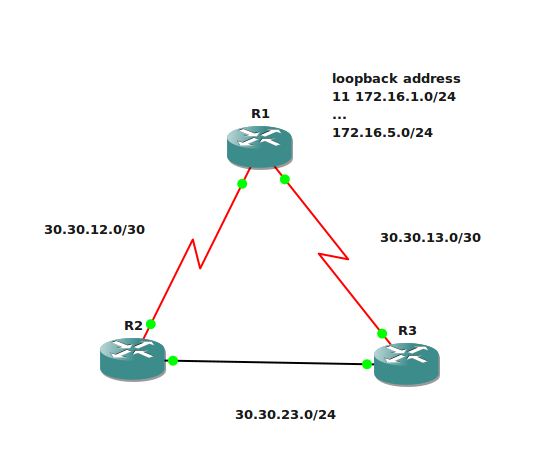Getting started with Cisco ASA

Recently my Company gave a Cisco ASA box to play around.. so, let's get started I'm using Cisco ASA 5510 console to it, i would like to to start from zero.. so i'll reset it to default setting vpn-lab# conf t vpn-lab(config)# conf factory-default Based on the management IP address and mask, the DHCP address pool size is reduced to 253 from the platform limit 256 ...... ciscoasa(config)#wri mem ciscoasa(config)#reload this will reset to default-factory setting, remember to save to startup config and reload in the mean time, go to cisco.com to download lastest ASA and ASDM software here i downloaded ASA version 8.2(3) and make sure to download compatible ASDM software (you can read from the description), and save it to your TFTP server's folder let's upgrade it now, i have TFTP server at address 172.16.1.1 ciscoasa# copy tftp flash Address or name of remote host []? 10.239.131.3 Source filename []? asa823-k8.bin Destination filename [asa823-k8...


